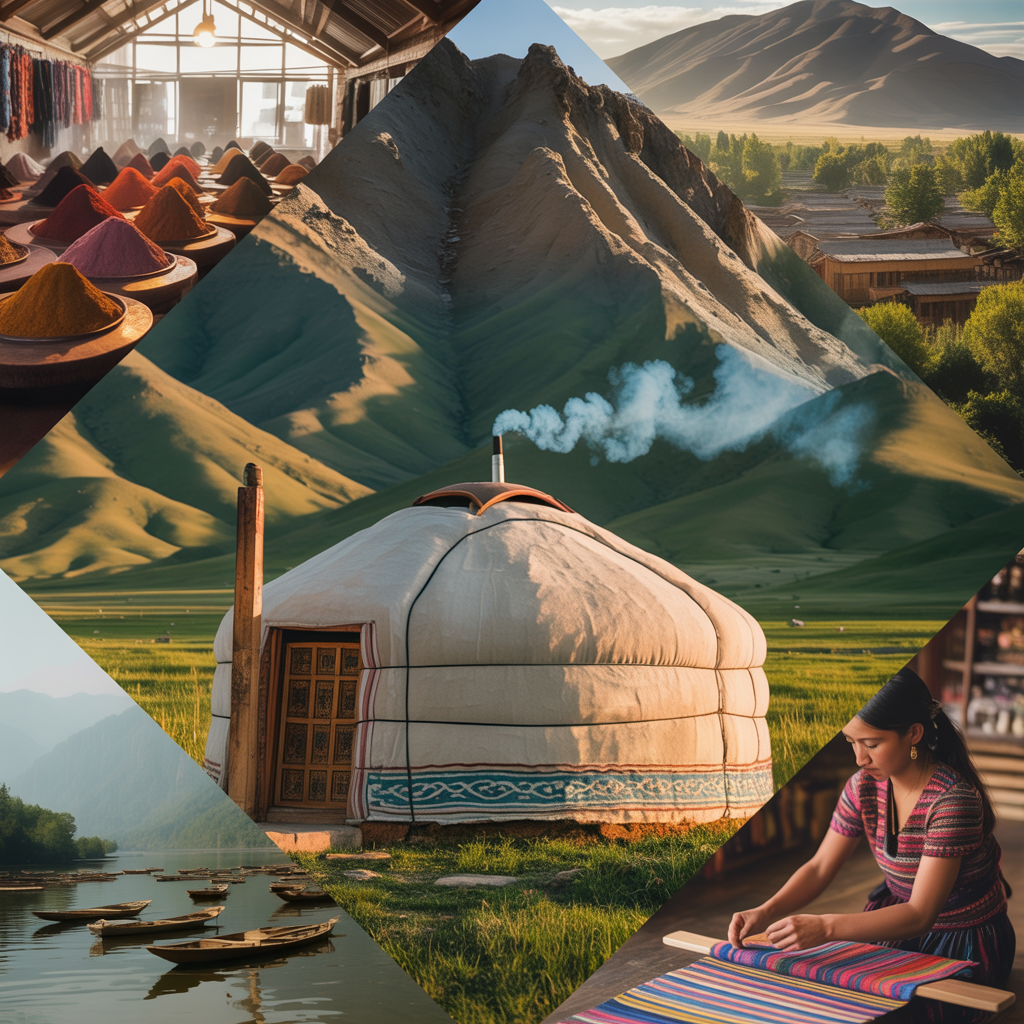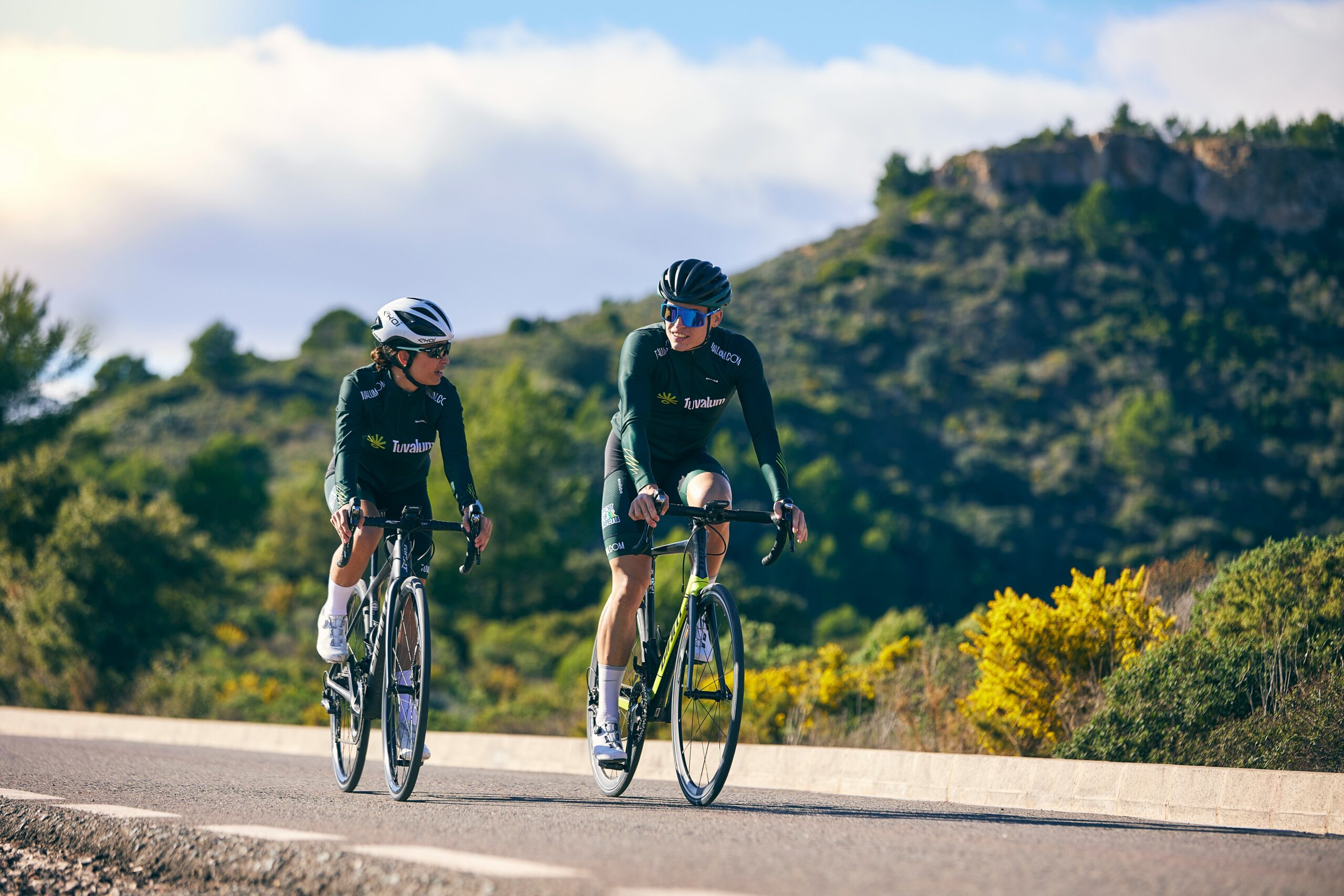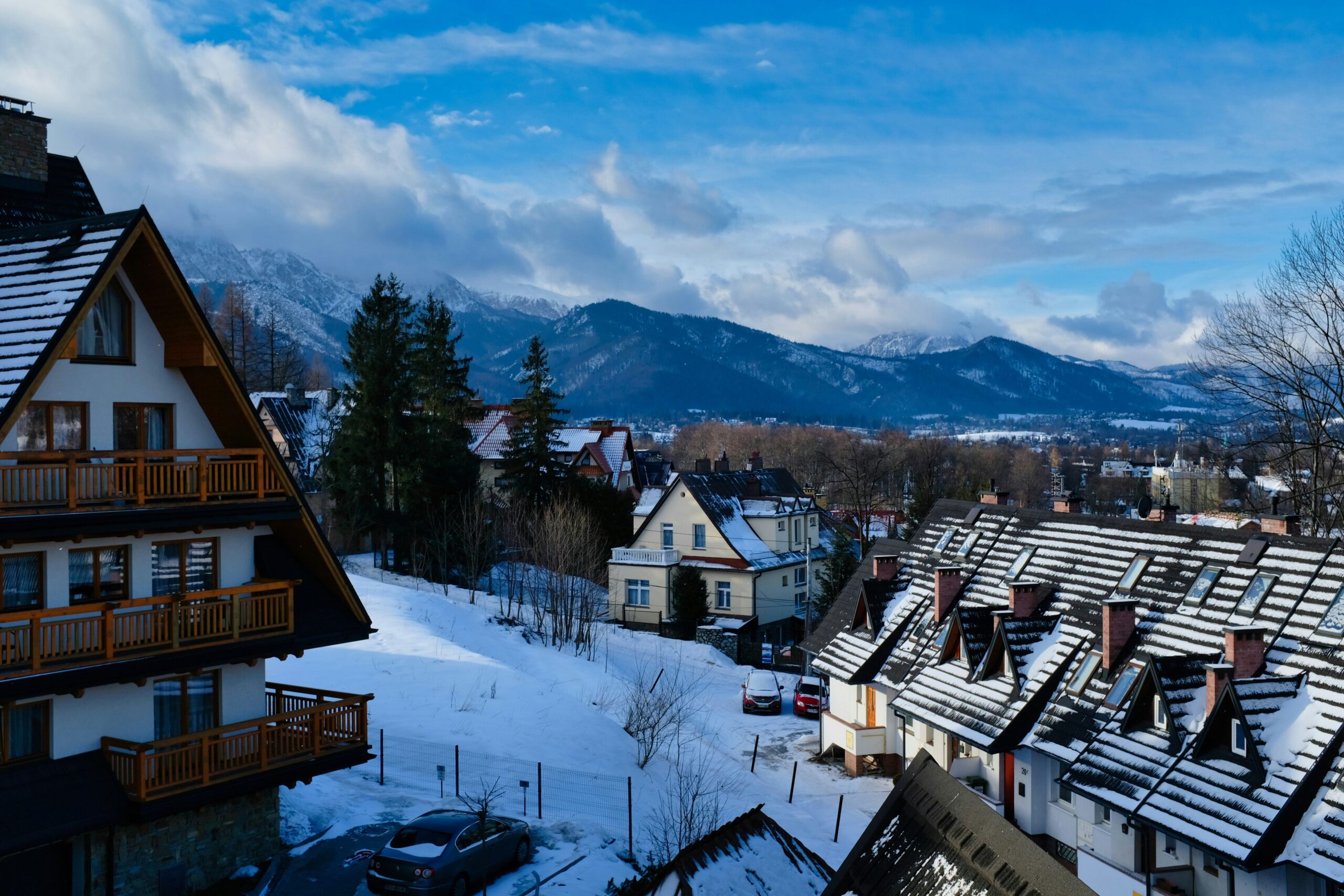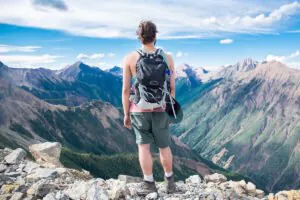Cultural Immersion Over Coworking: Best Countries for Deep Local Experiences
For nomads and travelers who crave more than just good Wi-Fi
The notification pings on your laptop can wait. That Zoom call scheduled for 3 PM? It suddenly feels less important than the elderly woman beckoning you to try her homemade bread, still warm from the clay oven she’s been using for decades.
While Instagram feeds overflow with the same coworking spaces in Lisbon and Bali sunsets, something profound happens when you choose cultural depth over digital convenience. You discover that the most transformative travel experiences rarely come with five-bar Wi-Fi signals—they come from moments when you’re invited into someone’s world, not just their café.
The Magic of Stepping Off the Beaten Path
Popular nomad destinations have their charm, but they often create invisible barriers between visitors and authentic local life. When you venture to places where tourism hasn’t yet built its glossy infrastructure, something beautiful happens: your daily routine naturally weaves into the fabric of local life.
The shopkeeper remembers your coffee order after two visits. Children wave from their school playground as you walk by with your laptop bag. Neighbors invite you to their daughter’s birthday celebration, not because you’re a tourist attraction, but because you’ve become part of the neighborhood rhythm.
This is where travel transforms from consumption to connection.
Seven Countries Where Culture Takes Center Stage
🇺🇿 Uzbekistan: Where History Lives and Breathes
The ancient cities of Samarkand, Bukhara, and Khiva aren’t museum pieces—they’re living communities where architectural marvels serve as backdrops to everyday life. Step into a traditional chaikhana (teahouse) at sunset, and you’ll find locals engaged in heated discussions about everything from politics to poetry, their voices mixing with the clink of tea glasses.
What makes it special: Family guesthouses where your host doesn’t just provide accommodation—they provide stories. Many will teach you to make plov (the national dish) using recipes passed down through generations, or invite you to witness the mesmerizing process of non bread-making in centuries-old ovens.
Practical note: Internet connectivity has improved dramatically in major cities, and your dollar stretches far enough to afford the luxury of time—the most valuable currency for cultural immersion.
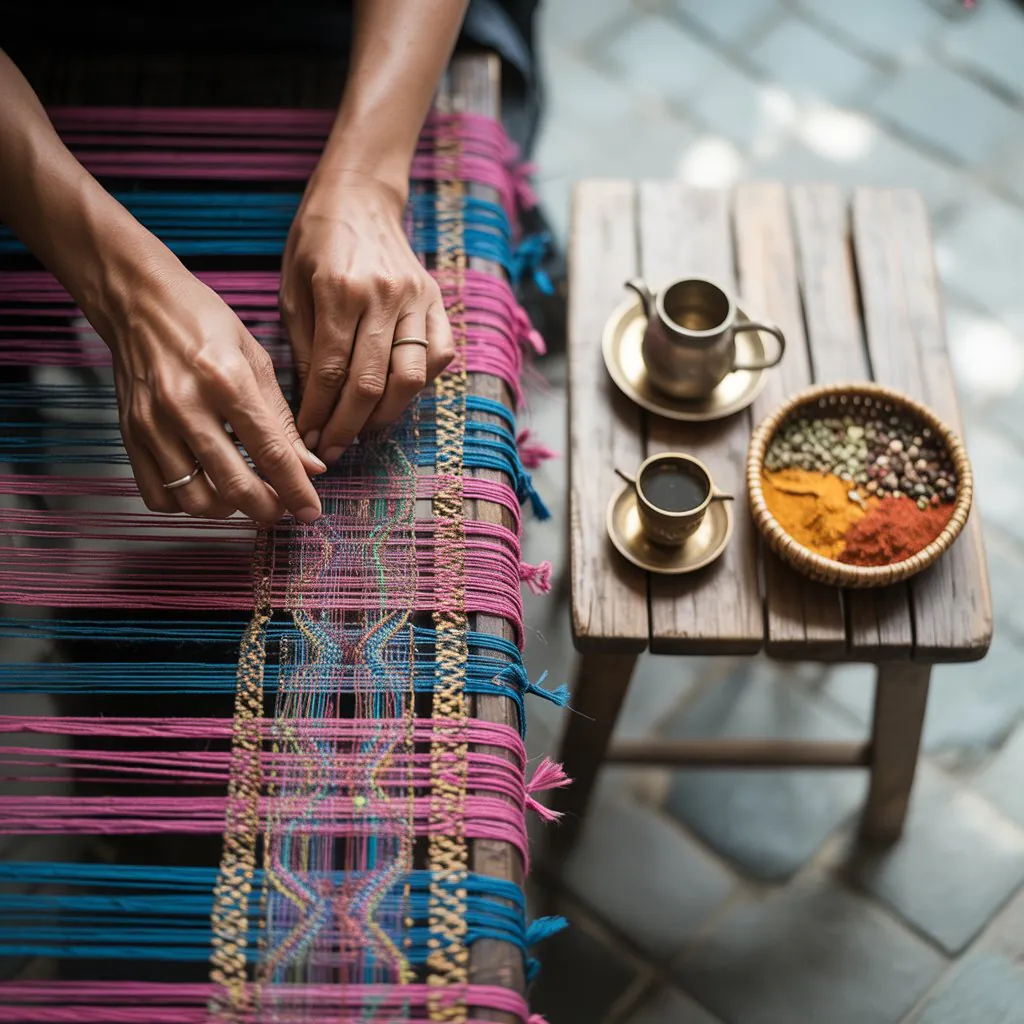
🇦🇱 Albania: Europe’s Best-Kept Secret
While crowds flock to Croatia and Greece, Albania offers everything those destinations promise—dramatic coastlines, mountain villages, Ottoman architecture—plus something increasingly rare in Europe: authentic curiosity about visitors. Albanians are genuinely excited to share their culture with travelers who show genuine interest.
In the stone city of Gjirokastër, families still live in Ottoman-era houses that have sheltered generations. Your evening walk might lead to an impromptu invitation for rakija and conversation on a terrace overlooking a valley that hasn’t changed much in centuries.
Cultural highlights: Village festivals that aren’t found in guidebooks, hiking trails where shepherds still move their flocks seasonally, and coastal towns where the pace of life follows the rhythm of fishing boats rather than tourist schedules.
🇲🇬 Madagascar: A Cultural Laboratory
Madagascar split from Africa 165 million years ago, and its culture evolved just as uniquely as its wildlife. The Malagasy people blend African, Asian, and French influences into traditions you won’t encounter anywhere else on Earth.
Here, the concept of “fihavanana”—a philosophy emphasizing interconnectedness and mutual respect—isn’t just a cultural concept; it’s a lived reality that shapes daily interactions. Famadihana ceremonies, where families honor ancestors by rewrapping their remains in fresh silk shrouds, offer profound insights into how different cultures approach death, memory, and community bonds.
Reality check: Infrastructure challenges mean this destination rewards flexible nomads who can work offline. But for those who adapt, Madagascar offers cultural encounters impossible to find elsewhere.
🇰🇬 Kyrgyzstan: Where Nomadism Never Died
While the world moved toward cities and permanent settlements, parts of Kyrgyzstan maintained their nomadic roots. Summer brings families to high pastures where they live in yurts, following traditions that predate most world religions.
Stay in these seasonal communities and you’ll participate in daily life: milking horses for kumis, helping move livestock, learning to distinguish between the calls of different herders echoing across valleys. The World Nomad Games, held every two years, showcase traditional sports like horseback archery and eagle hunting—not for tourists, but to preserve living culture.
The nomad life: Internet is reliable in cities like Bishkek, but the real magic happens during offline periods in the mountains, where night skies untouched by light pollution remind you why nomads navigated by stars.
🇱🇰 Sri Lanka: Layers of Tradition
Sri Lanka packs remarkable cultural diversity into a small island. Buddhist temples with roots stretching back over two millennia sit alongside Hindu kovils where elaborate festivals paint streets in vibrant colors. In coastal fishing villages, Catholic churches inherited from Portuguese colonization host services conducted in Tamil, Sinhala, and English.
The true immersion happens when you sync your schedule with local rhythms: waking before dawn to witness the controlled chaos of fish markets, joining temple volunteers in restoration work, or simply learning the art of making proper Ceylon tea from families who’ve worked tea estates for generations.
Cultural moments: Perahera festivals where centuries-old traditions play out in torch-lit processions, meditation retreats in forest monasteries, and village workshops where traditional mask-making keeps ancient storytelling alive.
🇱🇦 Laos: Buddhism in Daily Life
In a region where rapid development often overshadows tradition, Laos maintains a gentler pace. The daily almsgiving ceremony, where monks collect food donations at dawn, isn’t performed for tourists—it’s a genuine expression of Buddhist practice that shapes community life.
Floating down the Nam Ou River to villages accessible only by boat, you’ll encounter communities where time moves with natural rhythms rather than digital notifications. Traditional weaving cooperatives, often run by women, preserve techniques that create textiles with patterns carrying cultural significance dating back centuries.
The Laotian philosophy: “Bor pen yang” (no problem) isn’t just a phrase—it’s an approach to life that naturally slows down your internal clock and makes space for unexpected cultural encounters.
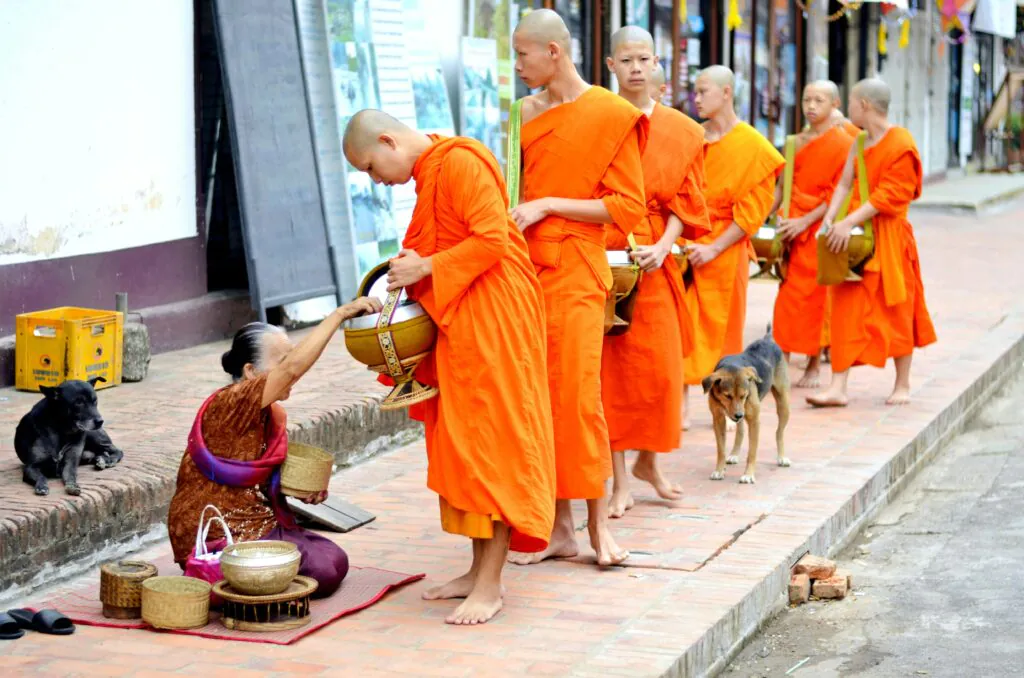
🇬🇹 Guatemala: Living Maya Heritage
Around Lake Atitlán, Maya communities maintain traditions that survived colonization, civil war, and globalization. Each lakeside village speaks different dialects, weaves distinct patterns, and maintains unique spiritual practices that blend ancient Maya beliefs with Catholic traditions introduced by Spanish colonizers.
Homestay programs aren’t tourist attractions—they’re genuine invitations into family life. You might find yourself helping with coffee harvests, learning backstrap weaving techniques passed down through generations, or participating in ceremonies where copal incense carries prayers to mountain spirits.
Cultural depth: Maya spiritual practices, traditional medicine using local plants, and artisan techniques that connect you to pre-Columbian civilizations still thriving today.
Making Cultural Immersion Work
The Art of Slow Integration
Cultural immersion rewards patience. Plan for at least a month in each destination—the first week you’re a curious outsider, the second week locals start recognizing you, and by the third week, you begin understanding the subtle rhythms that guide daily life.
Language as a Bridge
You don’t need fluency, but learning basic greetings, “please,” “thank you,” and “how can I help?” in the local language opens doors that remain closed to tourists who rely entirely on English. These small efforts signal respect and genuine interest in connection rather than just convenience.
The Exchange Economy
Many of these destinations offer opportunities for skill-sharing. Teaching English conversation, offering photography workshops, or helping with basic computer skills creates meaningful exchanges that benefit everyone involved. Your digital expertise becomes a bridge to cultural learning rather than a barrier.
Why This Matters More Than Ever
In an increasingly connected world, the ability to truly disconnect and immerse yourself in radically different ways of life becomes more valuable, not less. These experiences reshape your perspective in ways that zoom calls and coworking spaces simply cannot.
The grandmother in Uzbekistan who teaches you to make tea the traditional way, the nomadic family in Kyrgyzstan who shares their yurt during a mountain storm, the Maya elder who explains the spiritual significance behind weaving patterns—these encounters change how you see your own culture, your work, and your place in the world.
The Real Return on Investment
Yes, these destinations might challenge you with slower internet, unfamiliar foods, and languages you don’t speak. But they offer something increasingly rare in our hyperconnected age: the chance to be fully present in experiences that exist nowhere else on Earth.
When you finally return to your regular routine, you’ll carry more than just travel photos and stories. You’ll have developed cultural intelligence, adaptability, and a expanded definition of what makes life meaningful—skills that enhance both personal growth and professional creativity in ways no coworking space ever could.
The best adventures aren’t always the most convenient ones. Sometimes the most transformative journeys require stepping away from the screen and into someone else’s world.
